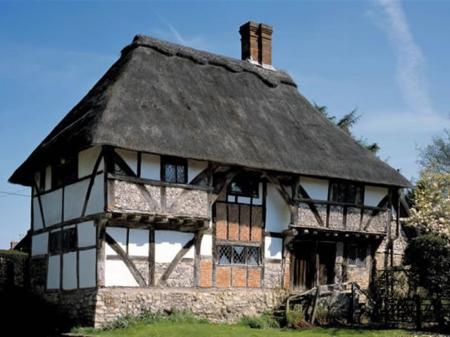
Cowdray House today is a magnificent Tudor manor set in parkland. Though gutted by fire in 1793, the house is a marvellous reminder of a bygone age and remains one of the most imposing Tudor houses in the country, with its walls still standing to full height.
Cowdray Park is well known for its annual polo matches, which take place from April to July.
There are a large number of historic buildings remaining in the oldest part of Midhurst, including the 16th century Market Hall, a timber-framed structure that now houses the Midhurst Grammar School. Even older is the Spread Eagle Inn, a pub dating to the 15th century.
The most famous resident of Midhurst was probably novelist HG Wells, who attended the grammar school, and later returned to teach there. Wells set his story The Invisible Man in Midhurst, and used the town as a setting for several of his short stories.






 We've 'tagged' this attraction information to help you find related historic attractions and learn more about major time periods mentioned.
We've 'tagged' this attraction information to help you find related historic attractions and learn more about major time periods mentioned.


